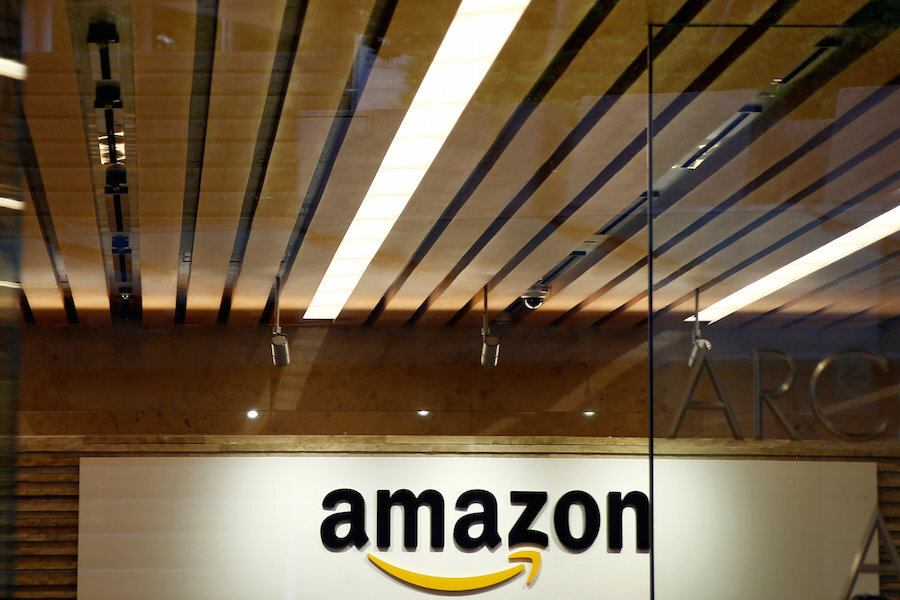Is Amazon really showing you the lowest price?
Loading...
Shoppers frequent Amazon every day, trusting the site's algorithms to show the best deals. But a recent Pro Publica report suggests that Amazon is becoming more biased, with its own products and "Fulfilled by Amazon" offerings being prioritized over those from other vendors — even if the other vendors have the cheapest price.
Amazon Prioritizes Itself and Paid Vendors on Product Pages
When buying an item on Amazon, most shoppers will purchase from the seller that's prioritized on the product page, rather than clicking to see what other vendors are charging. That means that shoppers are trusting Amazon to highlight the best price first.
But Pro Publica's report says that 94% of the time, Amazon prioritizes itself or vendors that pay for its services — and 75% of the time there were cheaper options available for other vendors. Shoppers who trust that the price in the buy box is the best price could be spending up to 20% more on their purchases than if they opted for the truly best price.
However, something to keep in mind with this study: The report factored in shipping costs for all items. Prime members and shoppers who reach the $49 minimum purchase generally don't pay shipping costs with Amazon items. If you're a Prime member then, it's unclear how often the top result is actually a more expensive option.
Refine Your Rankings and Factor in Shipping Costs
To avoid falling for the first, higher price, always click on the link to view additional vendors and prices. (You'll find the link in a box labeled "Other Sellers on Amazon" that appears below the "Add to Cart" box.) Then, rank the vendors by "price + shipping."
However, while this is Amazon's least biased way of ranking, it still gives preference to Amazon's own products and vendors. That's because Amazon products, and the companies that qualify as "Fulfilled by Amazon," are ranked by base price only; shipping costs are not factored in when comparing to the other vendors.
That's fine if you're a Prime shopper or expect to meet the minimum required to receive free shipping. But if you're not a Prime shopper, and you're nowhere near the $49 minimum, then this missing information can make it tedious to find the cheapest option. In that case, a shopper should take the Amazon option through checkout to find the delivery costs, and compare that to what other vendors offered.
This article first appeared in DealNews.







